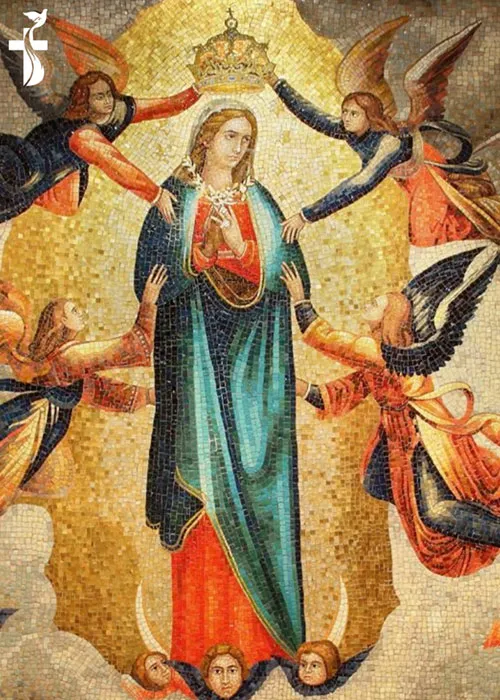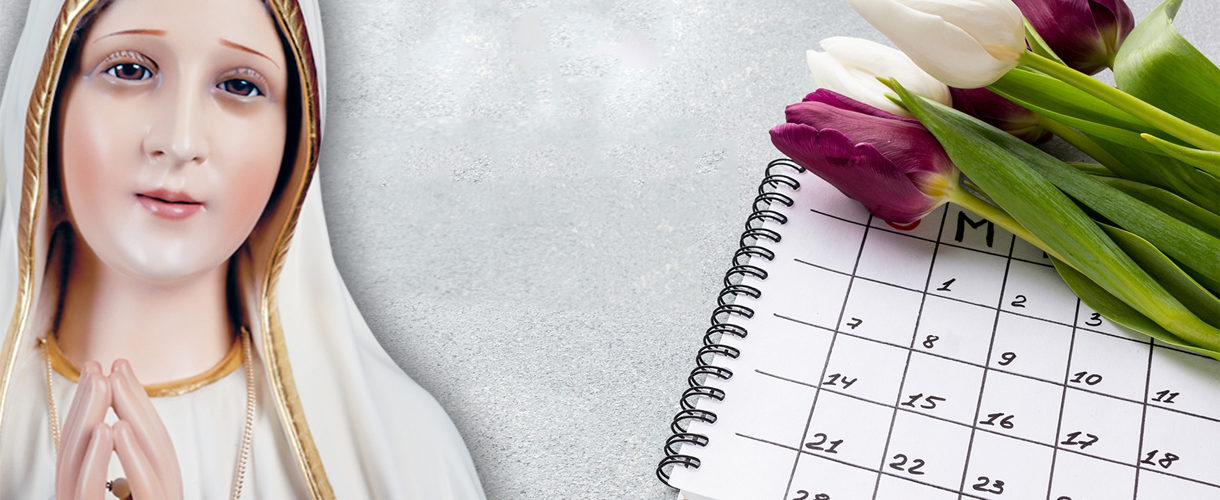
Our Lady Of Ranton (Also Called "Compassion")
Country :
Year :
The country around Ranton was a hazard for travelers because of the many marshes. In pagan times people used to invoke the protection of Jupiter when going through this district, a fact which is still commemorated in the name of a small town called Pas-de-Jeu. When Christianity was introduced, the altar of Jupiter became Mary’s altar. The cult of Our Lady of Compassion, better known as the good Lady of Ranton, dates back to the beginnings of Christianity.
A legend that is common to the stories of many early shrines is also told about this one. A laborer found a statue in the marshes, one that had been hidden during the Norman invasions. A chapel was built to house the statue and was increased in size according to the needs of the pilgrims.
Although the chapel was rather poor, at the time of the Revolution, the Revolutionists pillaged and profaned it then sold it. The person who bought it, did so, only to save the statue. At the beginning of the nineteenth century this shrine was again opened to public worship and was later given over to the diocese in which Ranton was.
Around 1864 the old chapel was threatened with ruin; the parish of Ranton was unable to take upon itself the work of reconstructing it. A zealous and energetic priest who had been cured by Our Lady of Ranton when a boy of 17, Father Briant, set himself to the task of architect, contractor and mason. The first stone was blessed in 1867. It was only in 1871 after the Franco-Prussian War ended, Father Briant returned from captivity and the work was finished. It is now again a place of pilgrimage and miracles.



